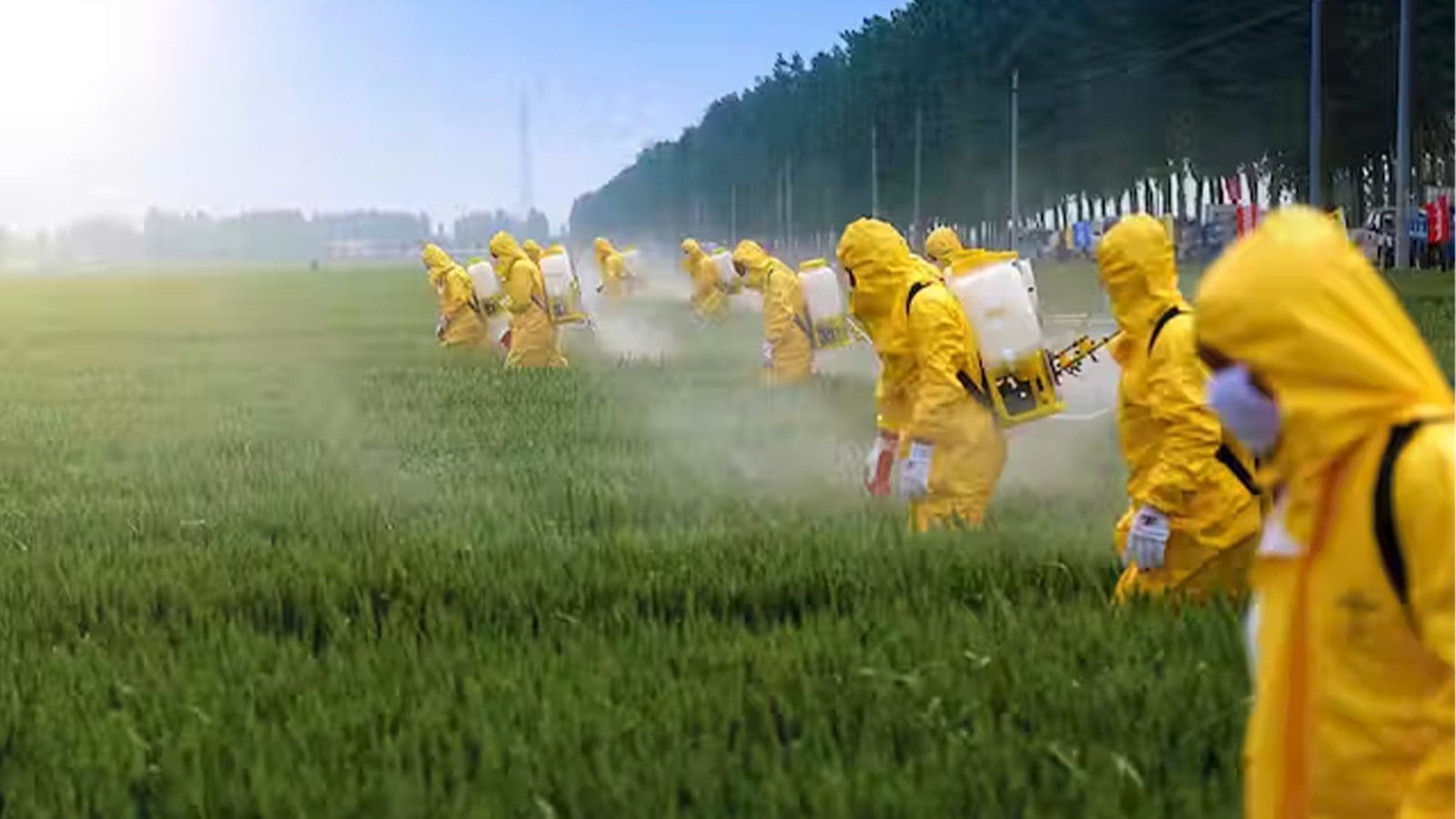GHANA – The Food and Agriculture Organization of the United Nations (FAO) has concluded a five-day workshop to accelerate the adoption of a regional approach in the implementation of biosafety and biosecurity measures in veterinary laboratories.
Veterinary diagnostic and research laboratories play a vital role in public health, animal disease diagnosis, surveillance, food safety and animal welfare, FAO notes.
Potential hazards of the pathogens they handle or isolate may pose a risk to the environment, animal and public health, or may be misused for malicious purposes.
As such, FAO advises that maximum safety measures should be applied in laboratory work to protect laboratory technicians, animals, as well as the environment.
This entails determining the risk posed by various operations using standardized techniques, and then taking the necessary steps to reduce that risk. However, the ability to counter these risks lags in many African nations.
“The implementation of Biosafety measures requires constant efforts from veterinary laboratories. Thus, the importance of implementing the national roadmaps developed two years ago. FAO/ECTAD will make every effort to support RESOLAB labs to improve their conduction of BSS with the support of partners,” noted Mr. Ahmed Garba, on behalf of the FAO’s Emergency Centre for Transboundary Animal Diseases (ECTAD) Regional Manager, while flagging off the workshop.
According to FAO, the workshop was an opportunity to explain and discuss the concepts of biosafety and biosecurity in the laboratory to members of the ECOWAS Veterinary Diagnostic Laboratory Network (RESOLAB).
It also provided an opportunity to get an idea of the needs and therefore the gaps to be filled in dealing with biosafety issues in the laboratory and to encourage the adoption of the principles of biosafety and biosecurity at national veterinary laboratories.
“At the end of this workshop, participants developed a national roadmap for their laboratory to integrate these points into the daily management of their laboratory and gave their inputs to the regional laboratory safety program,” FAO revealed.
Veterinary laboratory biosafety and biosecurity and containment of infectious agents are receiving increasing attention, as most diseases caused by zoonotic agents are well known and preventable, says FAO.
“To accelerate the implementation of biosecurity and biosafety measures and improve the management of these risks, FAO, with the support USAID through the Global Health Security Agenda is committed to strengthening the veterinary laboratory system capacities in Africa,” said FAO.
The two organizations are helping countries to identify gaps in the veterinary laboratory systems and supporting the identification and implementation of corrective measures.
FAO has developed the Laboratory Mapping Tool (LMT) comprising the LMT-safety and LMT-Biorisk for the assessment of biorisk management in veterinary laboratories, to assess biorisk management in veterinary laboratories.
Liked this article? Subscribe to Food Safety Africa News, our regular email newsletters with the latest news insights from Africa and the World’s food safety, quality and compliance. SUBSCRIBE HERE








